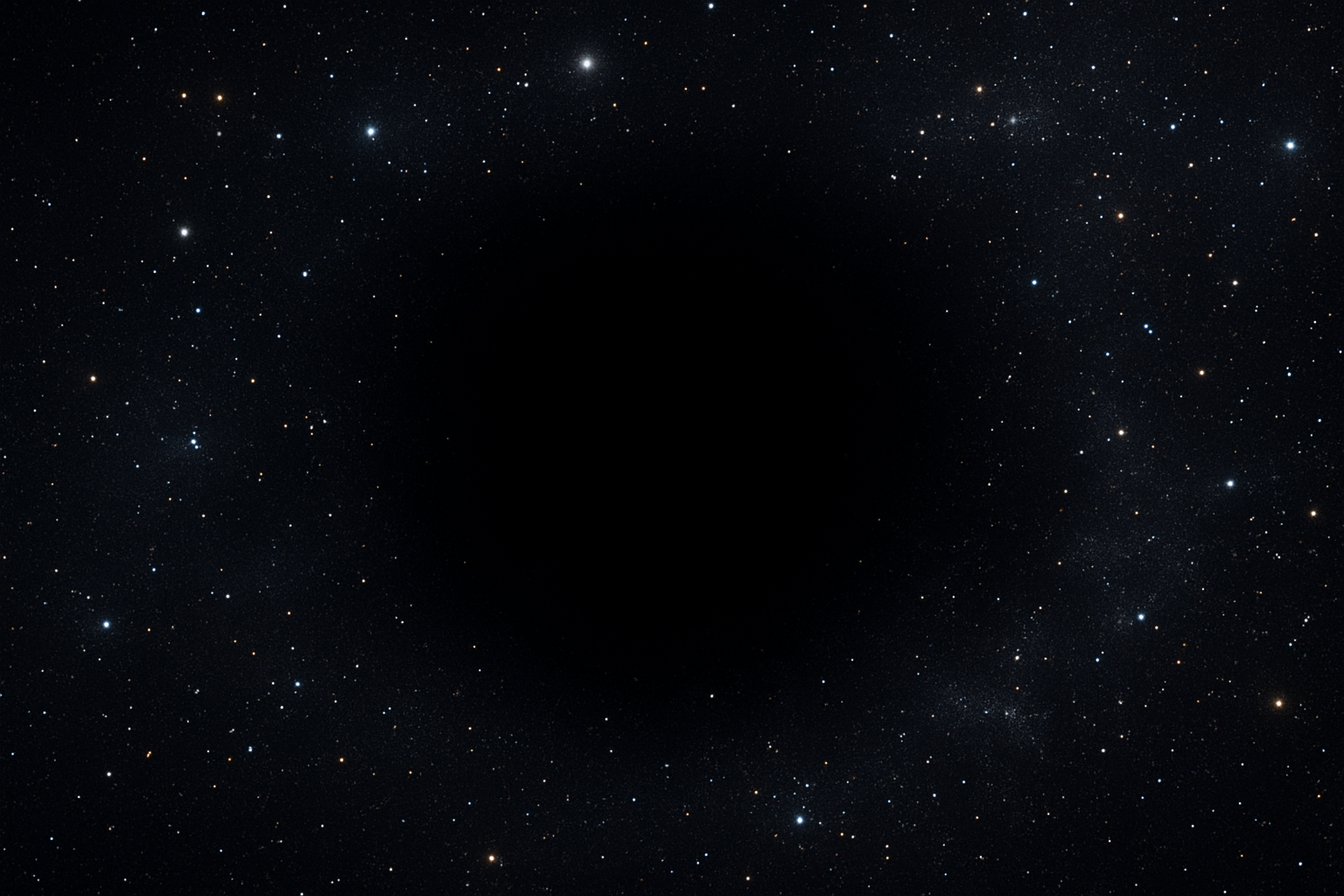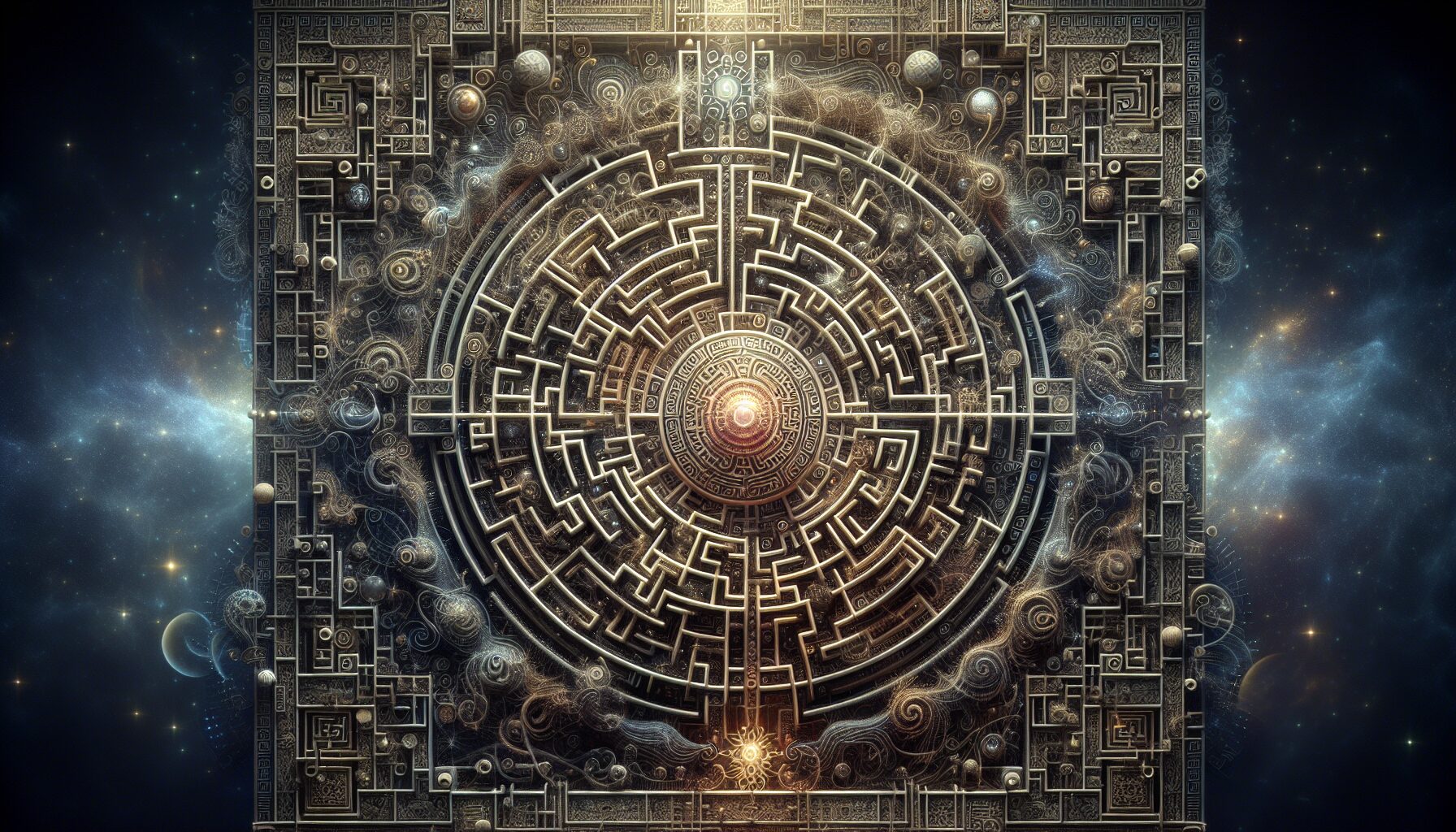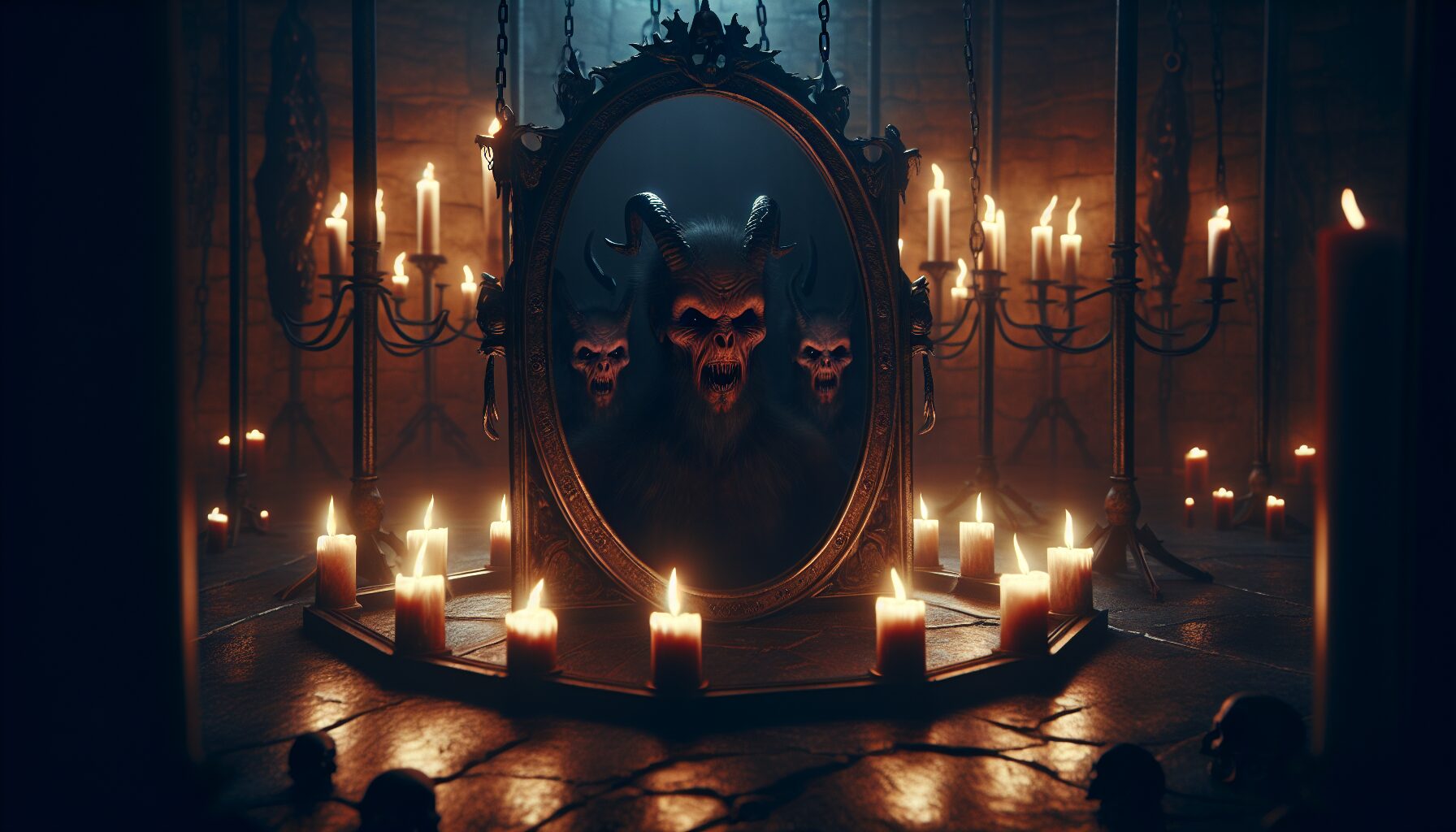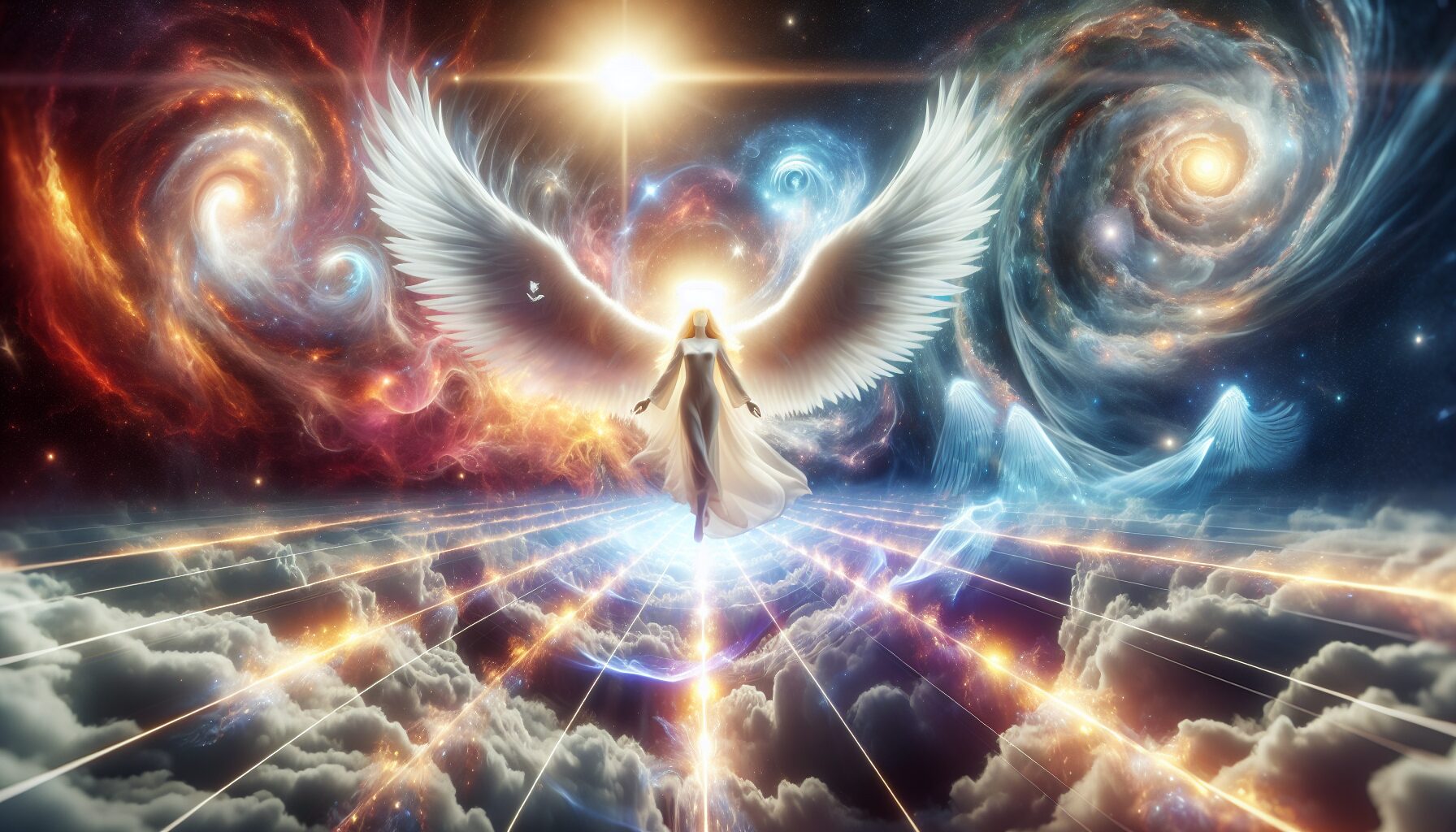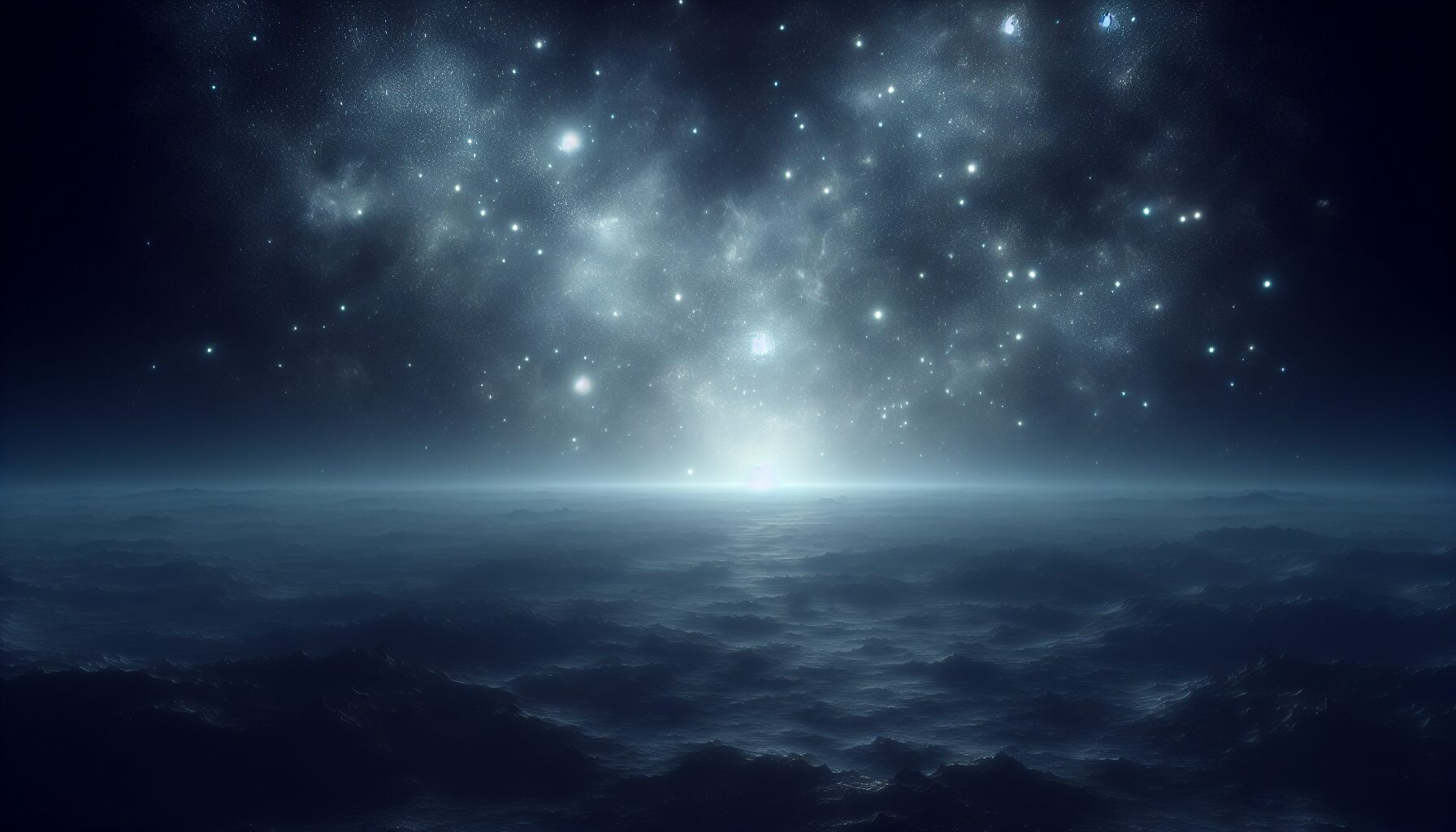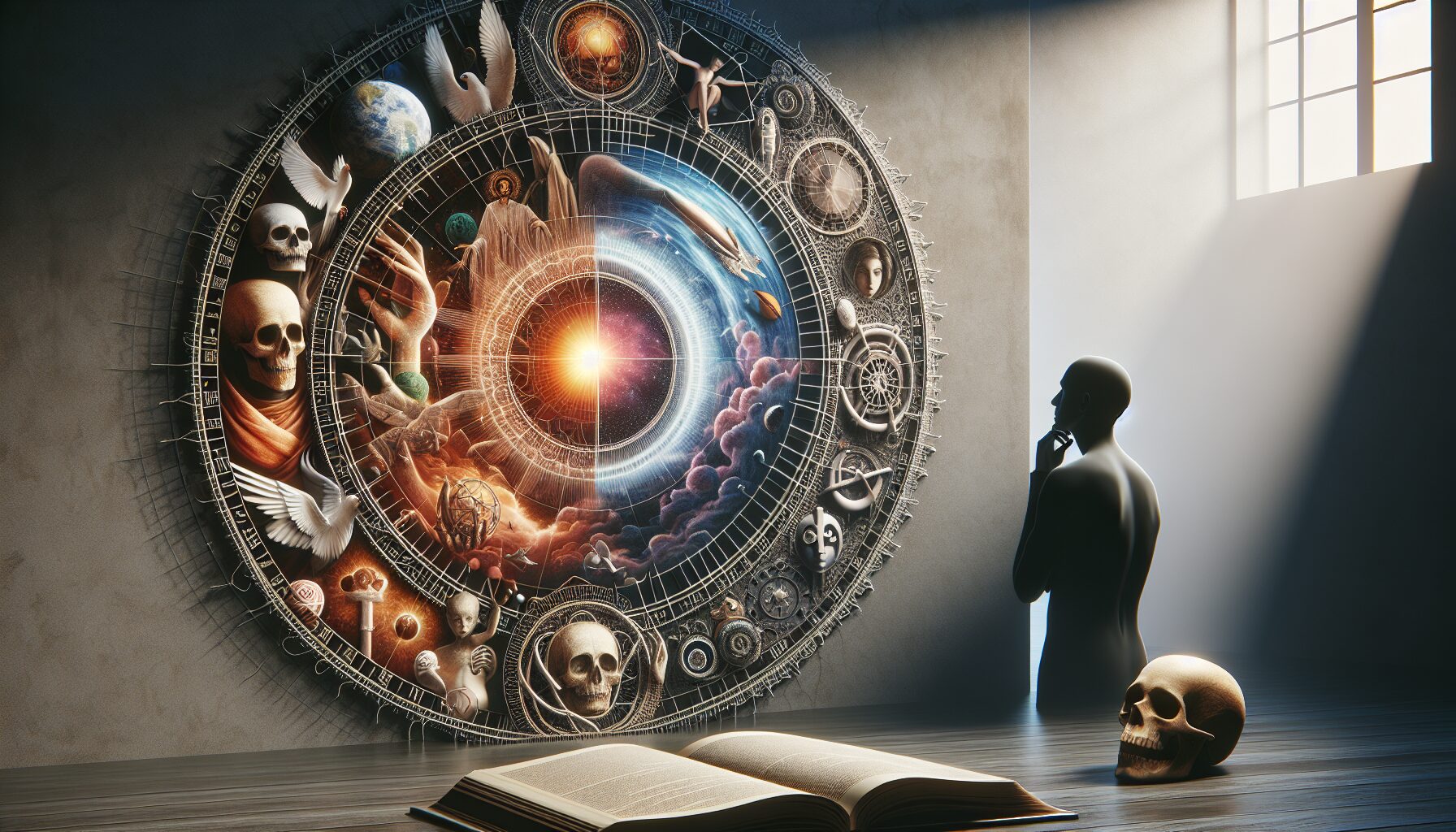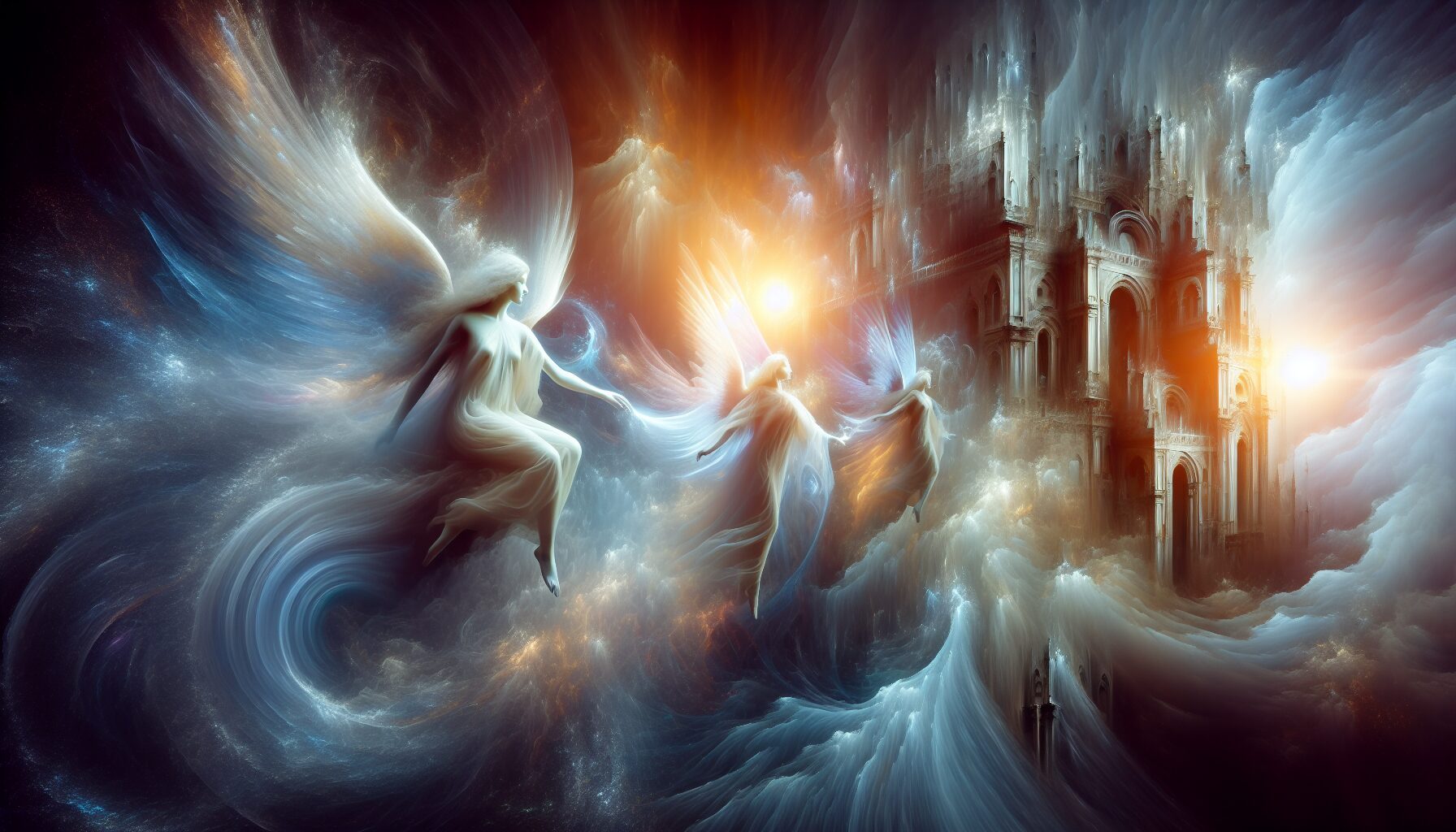The realms of the arcane are often shrouded in mystery and fear, as they venture into territories unknown and infamously dominated by demons, those malevolent beings purported to lurk in the shadows of our reality. The relationship between demons and the arcane arts is a complex web of power dynamics, human ambition, and spiritual peril.
The Origins of Demonic Lore
Demons have been a part of human mythology and religious literature for millennia, appearing in ancient texts such as The Epic of Gilgamesh and the Bible. These beings are often portrayed as malevolent creatures, intent on sowing chaos and destruction. In Christian theology, demons are seen as fallen angels, led by the infamous Lucifer in his rebellion against God. This narrative has profoundly influenced Western culture’s perception of demons as sinister and corrupters of the soul.
Meanwhile, other cultures also have their interpretations of demonic entities. In Hinduism, asuras are aggressive spirits often at odds with the devas, representing a dichotomy between chaos and order. The folkloric tales from diverse cultures collectively contribute to a rich tapestry of demonic mythos, each understanding inferring different attributes and intentions to these beings.
Arcane Arts and Their Practitioners
Practitioners of the arcane arts, or mages, have historically been depicted as figures that straddle the worlds of reality and the supernatural. Armed with an understanding of ancient rituals and spells, they wield powers that can heal or harm, create or destroy.
J.K. Rowling, the renowned author of the Harry Potter series, provides a modern take on the arcane, describing a world where magic is both a gift and a responsibility. She writes,
“Magic is a particularly tricky business. It sometimes has an outcome that you least expect.”
(source: J.K. Rowling Official Site).
The allure of the arcane lies in its potential to transcend the ordinary. However, this power often comes at a steep price. Literature and folklore frequently caution that the pursuit of arcane knowledge can lead to unintended consequences, such as pacts with demons, which promise power but envelop the soul in darkness.
Demons in Contemporary Fiction
Contemporary fiction continues to explore the intriguing interplay between demons and magic. Novels such as Cassandra Clare’s The Mortal Instruments series and Neil Gaiman’s Good Omens (co-authored with Terry Pratchett) portray demons as multifaceted characters, sometimes even possessing the capacity for good.
Cassandra Clare emphasizes the moral ambiguity of demons. In an interview, she noted,
“Demons can represent the internal struggles we face, those parts of ourselves we must confront and understand.”
(source: Cassandra Clare Official Site).
Similarly, Neil Gaiman and Terry Pratchett’s Good Omens whimsically dances with the concept of demonic entities, depicting them not as intrinsically evil but as beings with their own agendas, capable of surprising humanity with acts of kindness.
The Risks of Summoning
The act of summoning demons is a risky endeavor within the realm of the arcane arts. Summoners may seek the aid of demons for a plethora of reasons—knowledge, power, revenge, or love—but the peril lies in the costs associated with these deals. Often depicted in literature as cunning bargainers, demons are masterful at exploiting human frailties and desires to their advantage.
In The Master and Margarita by Mikhail Bulgakov, the arrival of the demonic figure Woland in Soviet Russia illustrates the seductive but ultimately destructive nature of demonic pacts, as he manipulates those around him, leaving chaos and insight in his wake.
Concluding Thoughts
The narrative of demons and the arcane is one that resonates with many due to its exploration of the eternal struggle between light and dark, good and evil. As we wrap ourselves in tales of magic and the macabre, we are reminded not only of the possibilities suggested by the arcane but also of the boundaries that guard against the unknown.
Whether depicted as terrifying creatures or misunderstood forces, demons continue to capture our imagination, reflecting our deepest fears and desires through the mirror of myth and magic. As our world continues to evolve, so too will the legends of demons and the arcane, serving as a cautionary tale and scintillating curiosity from which we may all learn.

